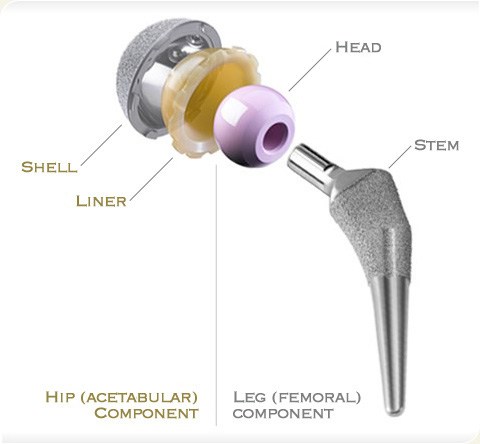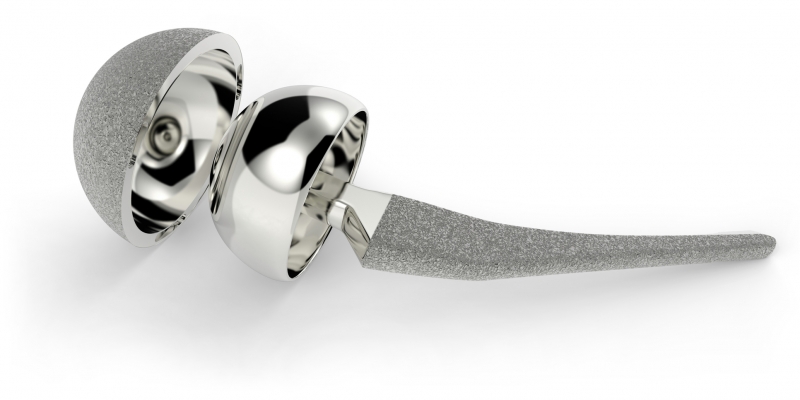Case Vignette – January 2021
The Metal-on-Metal Debacle
Hip replacements usually involve a metal or ceramic ball articulating with a plastic, ceramic or metal cup, or acetabular component. Articulations between metal/ceramic and plastic or polyethylene usually perform very well and all the more so given recent advances in the manufacture of highly cross-linked polyethylene acetabular components.

Unfortunately, metal femoral heads articulating with metal acetabular components have had a checkered career. The concept is not new although since the year 2000, hundreds of thousands of these large head metal on metal devices were implanted unwittingly in patients by surgeons who knew no better.
Not all of these metal-on-metal articulations were destined for failure but unfortunately, an unacceptably high percentage did.

Revision surgery was almost always required and complex procedures were mandated to deal with the adverse effects of the metal-on-metal debris that was accumulated.
There have been class actions in North America and Europe aimed at achieving recompense for the multitude of patients so affected. In Australia, there have been no successful class actions to date although some may still be brewing.
The difficulty arises in sheeting home the blame. The manufacturers appear to have complied with all of the dictates of the Food and Drug Administration or the Therapeutic Goods Administration in Australia. The surgeons also undertook appropriate preliminary evidence gathering and the warning signs were not present until 2008 or thereabouts. The patients could hardly be blamed at all.

Whilst these large head metal-on-metal devices are now rarely used, it is possible that the legal cesspit continues to bubble along.
